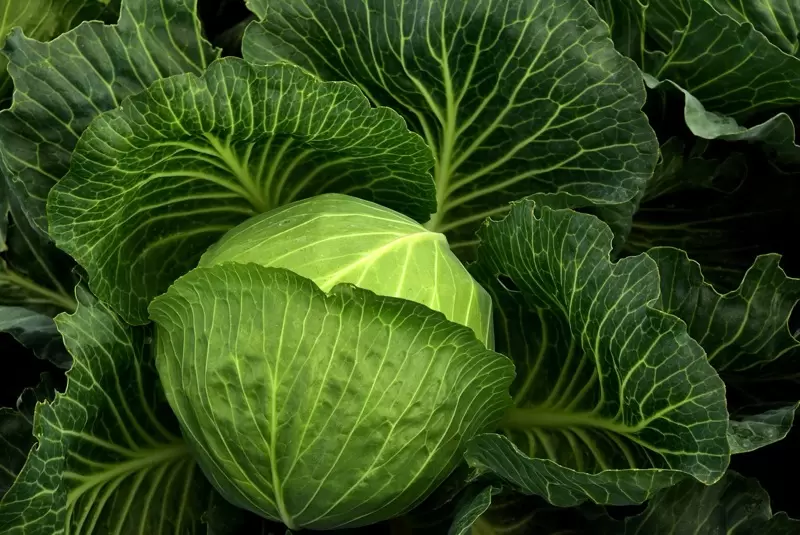Cabbage, the humble green globe, has travelled far and wide. It has a history richer than one might expect. It has seen empires rise and fall, wars rage and continents connect. It has been both revered and ignored, yet it has endured, holding its own in kitchens and cultures across the world.
The Celtics of central and western Europe knew cabbage well. It was already part of their diet, a leafy companion to their meals, between 2500 and 2000 BC. But the East had its own cabbage story. In northern China, as early as 4000 BC, a different strain of cabbage was being tamed and domesticated into something more suited for their fields and palates. The Greeks, always observant, made note of cabbage by the fourth century BC. They used it medicinally, believing it had powers beyond mere sustenance.
Copyright©Madras Courier, All Rights Reserved. You may share using our article tools. Please don't cut articles from madrascourier.com and redistribute by email, post to the web, mobile phone or social media.Please send in your feed back and comments to [email protected]











